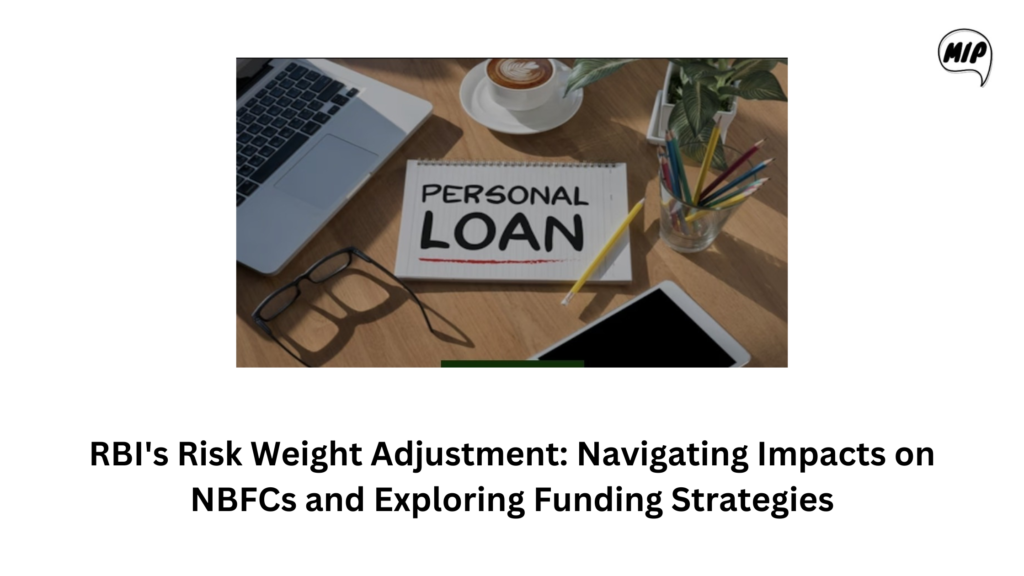
The recent move by the Reserve Bank of India (RBI) to increase the risk weight on consumer loans may impact the cost of funds for non-banking financial companies (NBFCs), forcing them to increase borrowings from the money markets, said a top industry official.
NBFCs typically borrow from banks and non-bank sources. The change in RBI’s risk weight norms will make bank borrowings more expensive for these companies, forcing them to tap alternative sources, said Kishor Lodha, Chief Financial Officer (CFO), U GRO Capital.
NBFCs generally also borrow from non-bank sources, but due to the impact of the risk weight norm, we may see an increase of around 5 percent depending on the regulatory and liquidity conditions,” Lodha said.
NBFCs can tap instruments such as commercial papers (CPs) and non-convertible debentures (NCDs), Lodha said.
The RBI’s decision to increase the risk weight on consumer loans comes against the backdrop of aggressive growth in the unsecured segment by banks and NBFCs. In the October 2023 monetary policy committee (MPC) meeting, RBI Governor Shaktikanta Das flagged the high growth in certain components of consumer credit and cautioned banks and NBFCs against it.
“The need of the hour is robust risk management and stronger underwriting standards,” Das said in October’s MPC.
In line with this, the RBI on November 16 increased the risk weight of consumer credit exposure. It raised the risk weight on consumer loans from banks and NBFCs by 25 percent. Earlier, banks attracted a risk weight of 125 percent and NBFCs 100 percent. After the RBI’s latest move, the same will stand at 150 percent for banks and 125 percent for NBFCs.
The increase in risk weight for commercial banks (outstanding as well as new) includes personal loans. However, other categories such as housing loans, education loans, vehicle loans, and loans secured by gold and gold jewellery have been excluded as the risk perception is less on these loans.
Impact on NBFCs
For NBFCs, the risk weight is extended to retail loans, excluding housing loans, educational loans, vehicle loans, loans against gold jewellery, and microfinance/self-help group (SHG) loans.
Here, Lodha highlighted that the overall impact on NBFCs would be minimal. “Consumer lending for NBFCs is not very large. Also, several segments of loans are kept out of the rising risk weight. Only the NBFCs that are aggressive in the retail loans segment (consumer financing and credit cards) may see some impact. Other than this, there will not be much impact on the industry,” said Lodha.
Industry experts said that banks may look at raising interest rates in some segments. This, in turn, could make loans expensive for NBFCs, which borrow from banks. Moneycontrol previously reported, citing top banking sources, that banks will look at raising lending rates in some segments by 30–40 basis points (bps).
RBI data on sectoral growth for September 2023 showed that banks’ credit to NBFCs jumped to Rs 14.19 lakh crore in September 2023 from Rs 11.24 lakh crore in September 2022.
Here, Lodha highlighted that NBFCs may look at co-lending deals as an option to partner and do business with banks. “We are expecting co-lending deals between banks and NBFCs to grow continuously.”
Additionally, the RBI’s norms can impact fintech companies, with some challenges on the fundraising front, Lodha added. “The increase in risk weight may see some challenges popping up for fintechs on the fundraising front,” Lodha said.